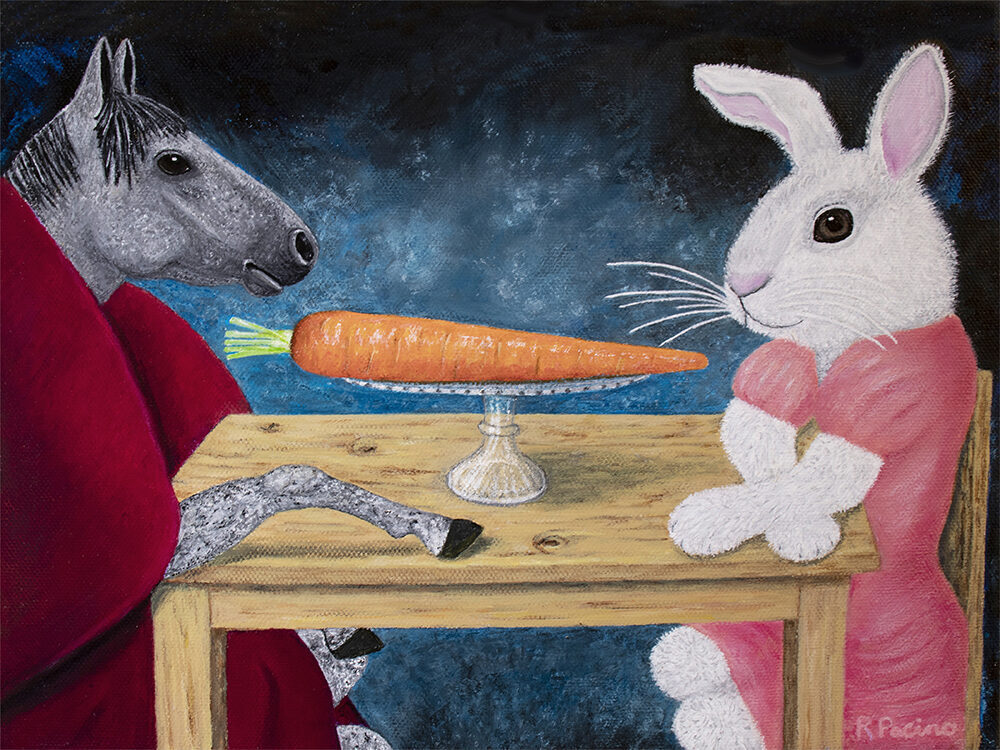5 TRANSFER TO CANVAS TIPS!
Transferring a picture to canvas is a great way to create personalized art pieces. There are various methods for transferring an image onto a canvas, and each method has its own unique benefits and challenges. In this blog post, I will discuss some popular methods of transferring a picture to canvas.
- Graphite Paper Method:
The method I most recently used, which worked great for me was transferring images to canvas using graphite paper. This method involves placing a sheet of graphite paper between the printed image and the canvas and tracing over the image to transfer it to the canvas.
To use this method, you will need a canvas, a printed image, a sheet of graphite paper, and a pencil or pen. First, place the graphite paper onto the canvas, with the dark side facing down. Then, place the printed image on top of the carbon or graphite paper, with the image side facing up.
Next, use a pencil or pen to trace over the lines of the printed image, pressing down firmly enough to transfer the graphite onto the canvas. Once you have traced over all the lines, lift the printed image and graphite paper away from the canvas to reveal the transferred image.
The graphite paper method is a quick and easy way to transfer an image to canvas, but it may not work well for more detailed or complex images. I recently used the graphite method for lettering that I wanted to look perfect. I just used my computer, printed out the typed words and used the above method to transfer them to canvas. It is important to use a light touch when tracing over an image to avoid damaging the canvas or creating unwanted marks.
- Transfer Paper Method:
The transfer paper method is one of the easiest ways to transfer a picture to canvas. This method involves printing an image on transfer paper and then transferring the image onto a canvas. To do this, you will need transfer paper, a printer, a canvas, and an iron.
First, print the image you want to transfer onto the transfer paper. Then, place the transfer paper onto the canvas, image side down, and use an iron to transfer the image onto the canvas. Be sure to apply enough heat and pressure to transfer the image correctly. Once the image is transferred, peel off the transfer paper to reveal the transferred image on the canvas.
- Acrylic Gel Medium Method:
The acrylic gel medium method is another popular method for transferring an image onto canvas. This method involves using a gel medium to transfer the image onto the canvas. To do this, you will need a canvas, an acrylic gel medium, a brush, and a printed image.
First, coat the canvas with a layer of the acrylic gel medium using a brush. Then, place the printed image onto the gel medium, image side down, and smooth out any bubbles or wrinkles. Allow the gel medium to dry completely, usually overnight. Once the gel medium is dry, wet the back of the paper with water and gently rub away the paper to reveal the transferred image on the canvas.
- Mod Podge Method:
The Mod Podge method is another simple method for transferring an image onto canvas. To do this, you will need Mod Podge, a brush, a canvas, and a printed image.
First, apply a layer of Mod Podge onto the canvas using a brush. Then, place the printed image onto the Mod Podge, image side down, and smooth out any bubbles or wrinkles. Allow the Mod Podge to dry completely, usually overnight. Once the Mod Podge is dry, wet the back of the paper with water and gently rub away the paper to reveal the transferred image on the canvas.
- Freehand Drawing Method:
The freehand drawing method involves drawing an image directly onto a canvas. This method is best for those who are confident in their drawing skills and want to create a unique, personalized image.
To do this, you will need a canvas and drawing supplies such as pencils, charcoal, or paint. First, sketch out your image lightly onto the canvas using your chosen drawing supplies. Then, fill in the sketch with more detailed lines and shading to create a finished image.
In conclusion, there are various methods for transferring a picture onto canvas. The graphite paper method, transfer paper method, acrylic gel medium method, Mod Podge method, and freehand drawing method are just a few of the options available. Each method has its own unique benefits and challenges, so choose the one that works best for your specific needs and artistic preferences. With a little creativity and practice, you can create beautiful, personalized art pieces.
